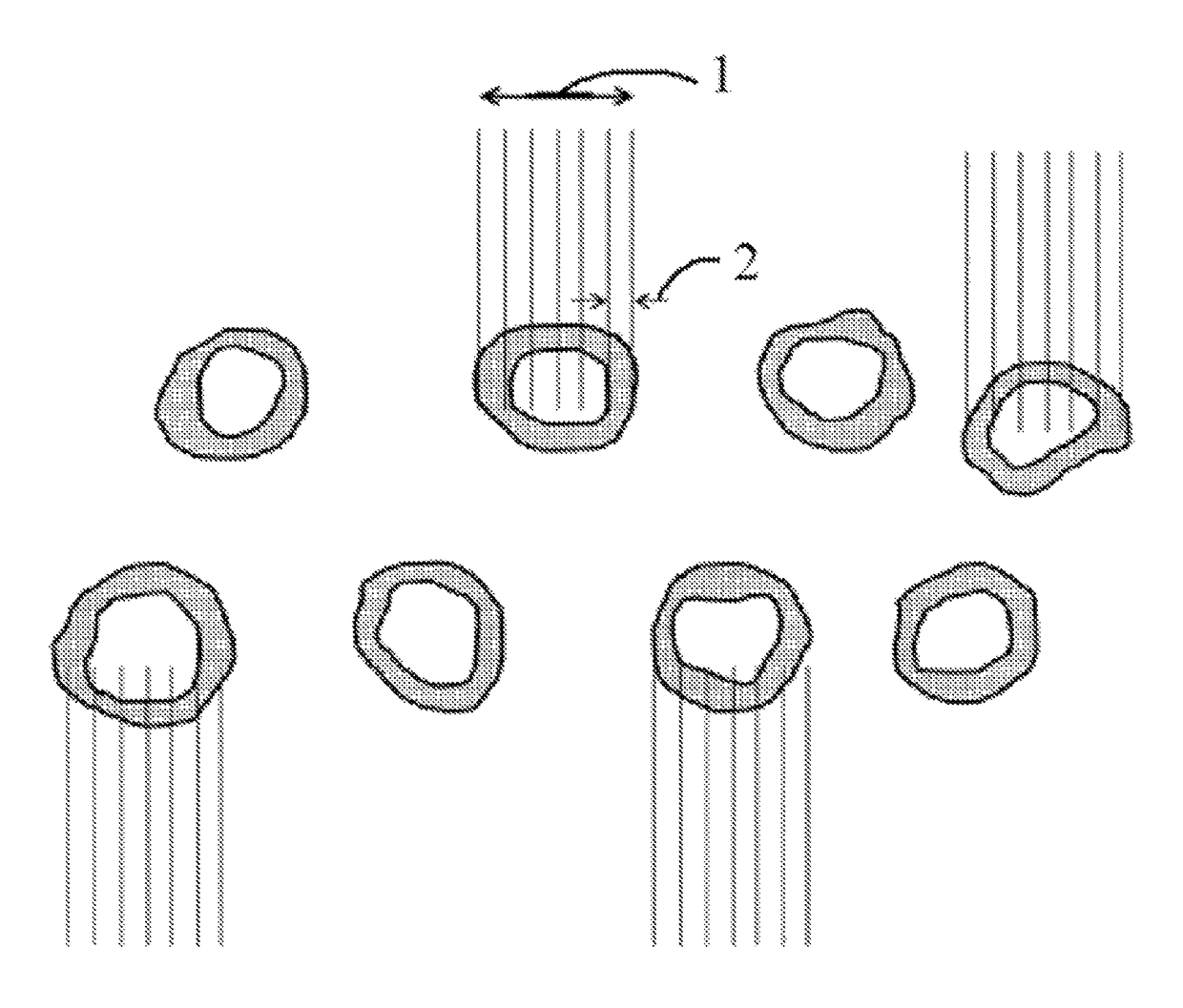Compositions and methods comprising nitrification inhibitors containing a mixture of protic and aprotic solvent systems
a technology of aprotic solvent and aprotic, which is applied in the field of compositions and methods comprising nitrification inhibitors containing a mixture of protic and aprotic solvent systems, can solve the problems of affecting the cost of farmers, difficult to maintain a sufficient level of nitrogen concentration in the soil, and substantial loss of nitrogen content in the fertilizer, so as to increase the nitrogen longevity in the soil, high nitrogen content, and safe for workers to handle
- Summary
- Abstract
- Description
- Claims
- Application Information
AI Technical Summary
Benefits of technology
Problems solved by technology
Method used
Image
Examples
example 1
[0098]65 grams of dimethyl sulfoxide was charged to a vessel and then placed under strong agitation and then heated to 60° C. 25 grams of dicyandiamide was then charged to the vessel and mixed until completely dissolved. Once dissolved, the mixture was cooled to 38° C. and 10 grams of tripropylene glycol methyl ether was added. The mixture was cooled to <30° C. and then packaged off in an appropriate container.
example 2
[0099]69 grams of dimethyl sulfoxide was charged to a vessel and then placed under strong agitation and then heated to 60° C. 15 grams of dicyandiamide was then charged to the vessel and mixed until completely dissolved. Once dissolved, the mixture was cooled to 40° C. and then 10 grams of 2-chloro-6-trichloromethylpyridine was as added and mixed until dissolved. 6 gram of tripropylene glycol methyl ether was added and the mixture was cooled to <30° C. and then packaged off in an appropriate container.
example 3
[0100]65 grams of dimethyl sulfoxide was charged to a vessel and then placed under strong agitation and then heated to 80° C. 10 grams of dicyandiamide and 10 grams of thiourea were then charged to the vessel and mixed until completely dissolved. Once dissolved, the mixture was cooled to 38° C. and then 5 grams of n-butyl thiophosphoric triamide was charged to the vessel and mixed until completely dissolved. 15 grams of propylene glycol was charged to the vessel and the mixture was agitated for 30 minutes. The mixture was then cooled to <30° C. and then packaged off in an appropriate container.
PUM
| Property | Measurement | Unit |
|---|---|---|
| storage temperatures | aaaaa | aaaaa |
| temperatures | aaaaa | aaaaa |
| diameter size | aaaaa | aaaaa |
Abstract
Description
Claims
Application Information
 Login to View More
Login to View More - R&D
- Intellectual Property
- Life Sciences
- Materials
- Tech Scout
- Unparalleled Data Quality
- Higher Quality Content
- 60% Fewer Hallucinations
Browse by: Latest US Patents, China's latest patents, Technical Efficacy Thesaurus, Application Domain, Technology Topic, Popular Technical Reports.
© 2025 PatSnap. All rights reserved.Legal|Privacy policy|Modern Slavery Act Transparency Statement|Sitemap|About US| Contact US: help@patsnap.com


